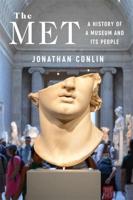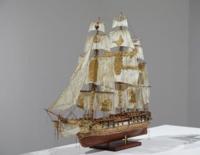Publisher's Synopsis
The Barnes Foundation in Philadelphia is known for its remarkable collection of modern paintings juxtaposed with works of art from around the globe. Established by Albert C. Barnes in 1922, the foundation's main purpose was to democratize access to art education during an era when museum-going was still considered an upper-class pastime. The Barnes Then and Now relates the institution's early history and explores how a century-old mission is carried forward-and adapted-in today's radically different landscape.
This profusely illustrated volume highlights the key elements that made the Barnes unique among art institutions of its time: the progressive education program, unconventional installation of the collection, and commitment to social justice. Essays take the reader back to the 1920s and 1930s, situating Albert Barnes's groundbreaking contributions in the context of early twentieth-century American social and political history. The editor and contributors examine his unique approach to art education, formed in collaboration with John Dewey, Violette de Mazia, and others; his connections with leading Black intellectuals such as Alain Locke, Charles S. Johnson, and Horace Mann Bond; and his role in shaping the reception of African art in the United States.
In a series of transcribed dialogues, scholars and cultural leaders explore what Barnes's innovations mean for us now.
Distributed by Temple University Press for the Barnes Foundation








